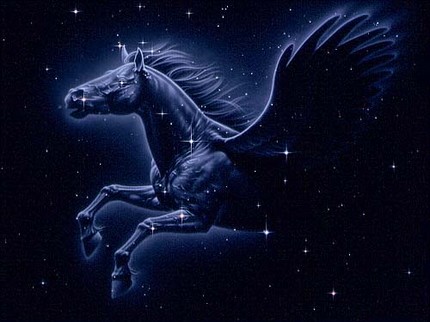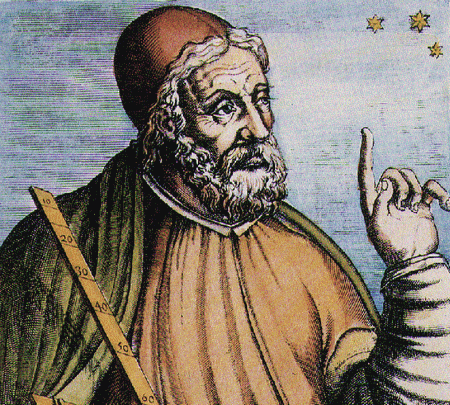2
2009
Who Discovered Constellation Pegasus
Pegasus is the ever popular white-winged horse that has appeared in most fantasy movies. You can say the same about the constellation. Pegasus is a breath-taking sight in the night sky at the end of summer. The horse-shaped star can be seen all through autumn if you live in Northern Europe. Residents below the Equator can see Pegasus from Winter to Spring. But do not expect to see a horse right away. Pegasus is shy, but not exactly aloof. That is because he does not show himself upright. You can see him upside down. What you may see quite clearly after some time is Pegasus’s head, neck, and hind hooves. They all stick out from what is popularly known as the “Square of Pegasus.”
The Square of Pegasus
The Square of Pegasus appears with four brilliant points and a few stars inside. The three brightest stars of Pegasus are alpha Pegasi or Markab (seen in the southwest), gamma Pegasi or Algenib (located in the southeastern corner), and beta Pegasi or Scheat (seen in the northwest). Alpha Pegasi is the brightest star. Beta Pegasis, meanwhile, makes strong solar winds so it appears wrapped by a sheath of gases.

What happened to Pegasus’s other half is subject to debate. What experts agree on is that what we see on clear nights is the horse’s front half. Some astrology circles believe Pegasus’s lower half moonlights as Aries’s other.
Pegasus’s fourth bend remains debatable. The issue started in 1930 when the IAU decided to set limits to constellations to avoid overlapping of borders. The IAU experts set aside the north-eastern star of Pegasus’s square to Andromeda. Pegasus’s north-eastern star is called Schirra or Alpheratz. Before the 1930s, Alpheratz belonged to delta Pegasi.
Pegasus’s beta Pegasis also overlapped and formed a triangle with other star clusters nearby. That added to the confusion.
Earliest sightings of constellation Pegasus
Around 150 AD the Greek astronomer Ptolemy compiled a list of 45 constellations in a book called The Almagest. He was the first astronomer to name the star clusters Pegasus in reference to the winged horse of Greek mythology. But Ptolemy borrowed liberally from the Babylonians, who had observed the stars as early as 2000 BC. Ancient Babylon was located in present day Iraq. The Babylonians were said to be the first to locate and classify the stars into different Zodiac signs.

Ptolemy’s The Almagest became an authority for hundreds of years until the 16th Century. It is said two unnamed Dutch astronomers added 12 new constellations to Ptolemy’s 45. This time the Dutch included the southern hemisphere. By the 17th Century, 7 more constellations were added by French astronomers. Before the close of the 18th Century, the French put in 14 more. The final “line up” did not become official until 1922 when the International Astronomical Union said so. The IAU can promote or demote a star cluster’s or planet’s status. The IAU declared that the constellations are no longer changing patterns but fixed star positions in the sky.
Pegasus according to Greek Mythology
The story goes that Perseus cut off Medusa’s head. Some of Medusa’s blood dripped into the sea. Spilled blood mixed with sea foam, and thus Pegasus was born. He took on his bright white color from the sea foam. A warrior by the name of Bellerophon befriended Pegasus and tried to ride him to Mouth Olympus. Seeing this, Zeus got angry. He then sent a gadfly to sting Pegasus so Bellorophon would fall off. Pegasus was bitten so Bellephon fell to his death. Pegasus got to Mount Olympus alone where he remained forever.
Star clusters in and around constellation Pegasus
M15, a globular cluster, is found within Pegasus. It is a very bright spherical star cluster that lies northwest of Pegasus’s head. The most visible star of Pegasus’s head is called Enif. It is said Pegasus houses more than a dozen galaxies, with NGC 7331 as the brightest. In astrology, Pegasus is the symbol of the new millennium. Its stars are taken as signs of a new consciousness.

 An article by
An article by 




